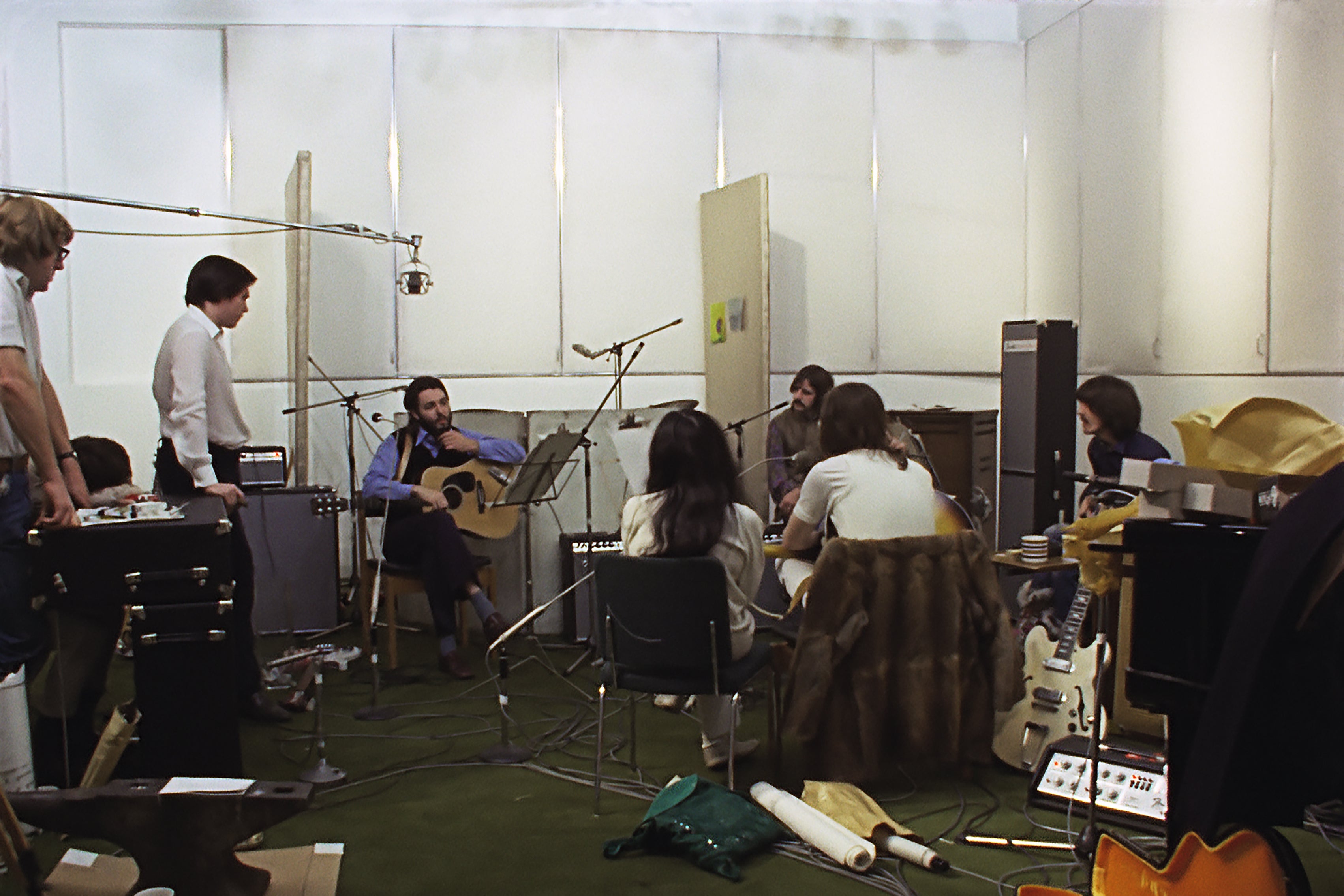Convincing the masses to watch a three-part, eight-hour docuseries on a band that broke up over 50 years ago? The only subject monumental enough to make that possible is the Beatles. Peter Jackson’s Get Back follows the band members through the making of the last studio album they would release together, Let It Be, and everything that happened behind the scenes that led to the end, showing never-before-seen footage and giving an in-depth look into the power dynamics among the bandmates. Any casual fan could tell you what became of Lennon, Harrison, McCartney, and Starr after the Beatles fell apart, but the series has introduced casual fans to a whole new cast of characters: the musicians, producers, lovers, and hangers-on who made the sessions what they were—for good and for bad. Yoko Ono’s a household name, and most viewers probably know a thing or two about Linda Eastman as well, but what happened to the rest of Get Back’s supporting players? Here’s a breakdown.
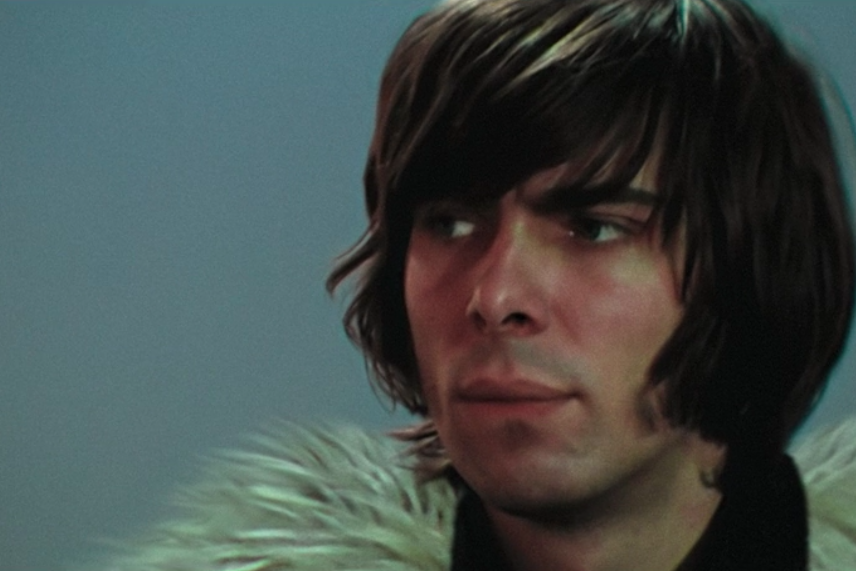
Glyn Johns
Johns, the recording engineer and a co-producer on Let It Be, had a different vision for the album than what ultimately got released back in 1970. He referred to producer Phil Spector’s finished product as “a syrupy load of old bullshit.” Since the release of Get Back, Johns has been in the spotlight not only for his on-screen contributions to the Beatles’ final studio album, but also for his fashion sense during its creation. Aside from the Beatles, Johns worked with the Rolling Stones, Bob Dylan, the Eagles, and the Kinks, just to name a few. He was inducted into the Rock & Roll Hall of Fame in 2012 and released a memoir called Sound Man in 2015. The newly expanded version of Let It Be features Johns’ original version of the album, officially released for the first time.

Billy Preston
The introduction of the Texan keyboardist, who had previously found success in both Little Richard’s and Ray Charles’ bands, brings about a refreshing shift in tone in Get Back’s second episode, where the bandmates start to actually mesh and make music again after the tension-filled first episode. As shown in the documentary, Preston’s involvement with Let It Be wasn’t planned. Although it happened off the cuff when he stopped into the studio to say hello to the band, he ended up playing in the band’s last-ever performance. After the Let It Be sessions, Preston released two albums on the Beatles’ Apple label, and three million-selling singles in the early 1970s. He then spent several years touring and recording with the Rolling Stones, while also appearing on solo albums by George Harrison, John Lennon, and Ringo Starr. In later years, he struggled with addiction and served time on drug and alcohol charges in the 1990s. He died of kidney failure in 2006 at the age of 59.
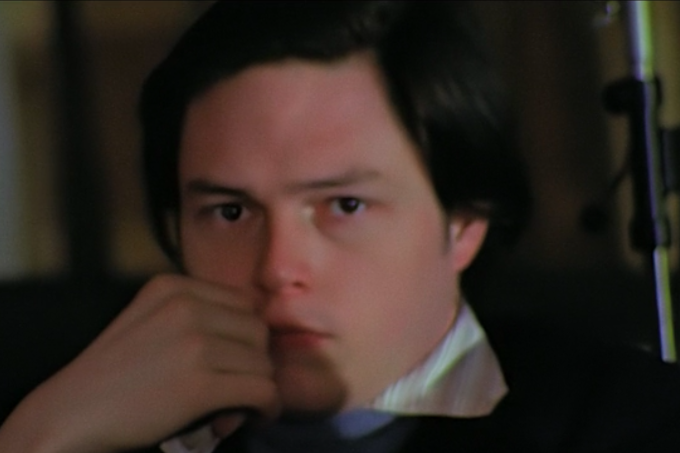
Michael Lindsay-Hogg
Get Back allows viewers the rare opportunity to see a documentary director’s creative process in action. While the series at its core is obviously about the Beatles, it’s also to an extent about Lindsay-Hogg and his attempt to make the most out of what would become Let It Be, his Beatles television special turned inadvertent breakup documentary. After Let It Be, Lindsay-Hogg continued directing, one of his projects being the film Two of Us, a dramatization of the last encounter between McCartney and Lennon before Lennon’s death. In 2011, he wrote a memoir called Luck and Circumstance: A Coming of Age in Hollywood, New York, and Points Beyond. Now 81, he lives in Hudson, New York, and corresponded with Jackson often during the footage’s recut.

Mal Evans
Evans was the Beatles’ everyman, initially their bodyguard in the Cavern Club days and later their road manager and personal assistant. He was always around and thus is seen throughout Get Back, most notably fetching tea during the infamous rooftop scene and happily banging away during “Maxwell’s Silver Hammer.” On Jan. 5, 1976, six years after the band fell apart, Evans was shot and killed by Los Angeles police at the age of 40. Evans was suffering from depression, and while drunk and high on Valium, he called his friend and biography co-writer John Hoernie. Concerned, Hoernie stopped by his apartment, which is when Evans brought out a weapon (either an air rifle or an actual rifle—accounts are contested) and his girlfriend, Fran Hughes, called the police, which ultimately led to his death after he refused to put down the gun once officers arrived.
“Magic Alex” Mardas
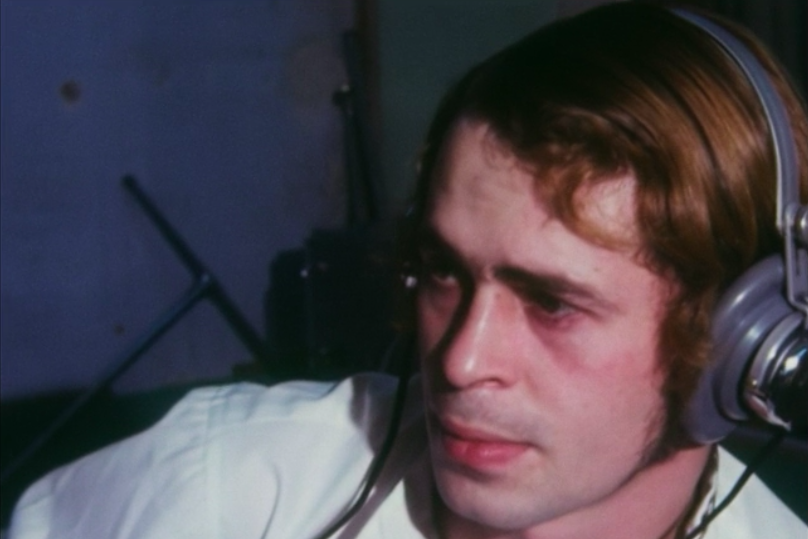
Alexis Mardas, the band’s tech guru, is featured in Get Back for his failed attempt to construct a state-of-the-art recording console and the combination rhythm guitar and bass prototype he gifts Lennon that’s impossible to tune. “Magic Alex” and Lennon were so close that he was actually the one to tell Lennon’s first wife, Cynthia, that he was leaving her for Yoko Ono. When Allen Klein took over as the band’s manager, “Magic Alex” got axed and became a security consultant. He was hired to bulletproof limousines for a Middle Eastern royal family, which was also a failed endeavor, and in 2008 was called “a supposed inventor and charlatan” by the New York Times. He died in 2017, age 74, after contracting pneumonia.

Pattie Harrison
George’s first wife, whom he met on the set of A Hard Day’s Night, was the inspiration for the band’s songs “Something” and “I Need You.” Following her 1977 divorce from the “quiet Beatle,” Pattie went on to have a publicly tumultuous marriage with another British rock musician, Harrison’s close friend Eric Clapton. She was also the subject of Clapton’s hit songs “Layla”—famously written while she and George were still married—and “Wonderful Tonight,” the latter of which would become the title of her 2007 memoir. In 2018, Pattie held an exhibition in Sydney, Australia, that served as a time capsule of her era as a rock muse, featuring Polaroids of the Beatles and other bands including the Rolling Stones, The Who, and Cream. The former model, now 77, married her current husband, property developer Rod Weston, in 2015 and started a food and cocktail podcast in 2020. It’s currently in its second season.
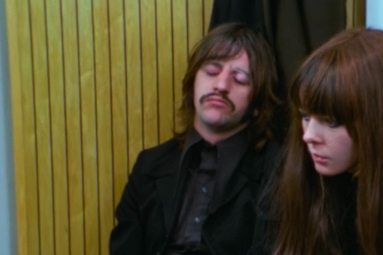
Maureen Starkey
Ringo’s first wife and the mother to his three children watched the Beatles grow from their early days of performing at Liverpool’s Cavern Club. Her status as not only a wife but also a fan is obvious in Get Back’s third and final episode, when she loudly cheers at the rooftop show where the band nearly gets arrested, getting a “Thanks, Mo” from Paul McCartney. After the Beatles disbanded, Maureen had a brief affair with George Harrison, who was still married at the time to Pattie Harrison. She later married Hard Rock Cafe founder Isaac Tigrett, with whom she had another child. Maureen died of leukemia in 1994 at 48, surrounded by Tigrett, her children, and Starr, and McCartney wrote the song “Little Willow” for her three years later.
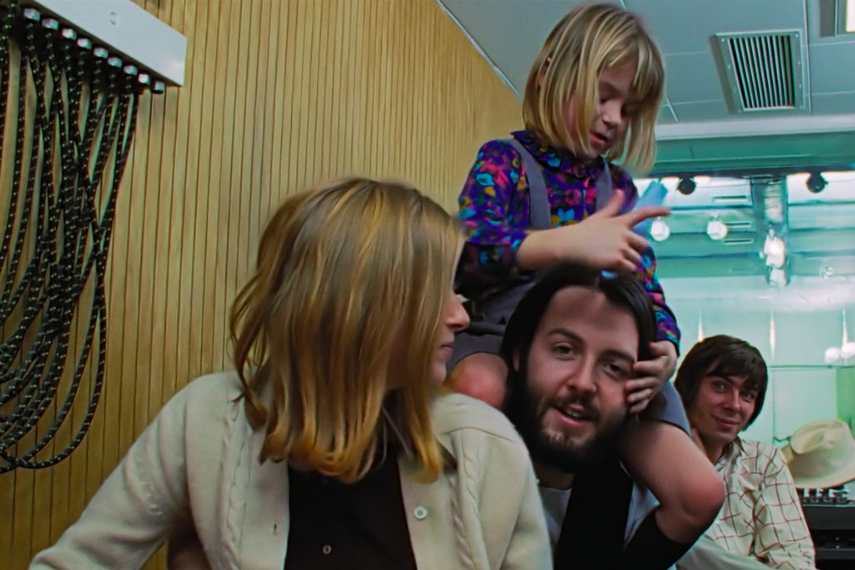
Heather McCartney
A 6-year-old Heather gets the rock star treatment in Get Back’s third episode. The daughter of Linda Eastman (McCartney’s soon-to-be wife) crawls around on the studio floor pretending to be a tiger and sits atop McCartney’s shoulders, brushing his hair. Today, Heather is 58 and is an artist and pottery maker. Her mother died in 1998 of breast cancer, but Heather says she considers McCartney her father.
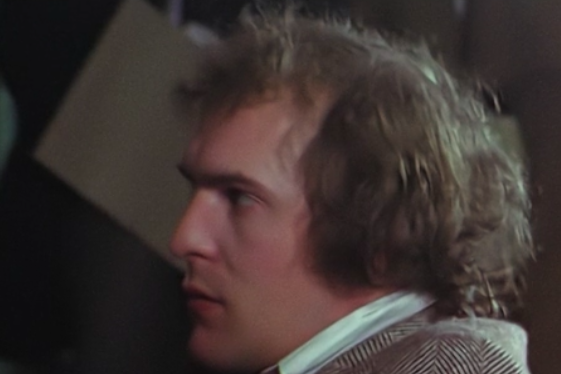
Neil Aspinall
Having grown up with Harrison and McCartney, Aspinall wasn’t just an employee of the band, but also a confidant. He’s seen in the docuseries discussing the power standoff of Harrison versus Lennon and McCartney with Lindsay-Hogg and producer George Martin. He was the Beatles’ first road manager and became managing director of Apple Corps after Brian Epstein’s death in 1967. He also produced Lindsay-Hogg’s 1970 documentary, also called Let It Be, and organized The Beatles Anthology. Aspinall was known as tight-lipped and was one of the few involved in the Beatles universe who never released a book on his time with the band. He stepped down from Apple Corps in 2007 and died of lung cancer in 2008 at 66 in Twickenham, England, where Let It Be was filmed.
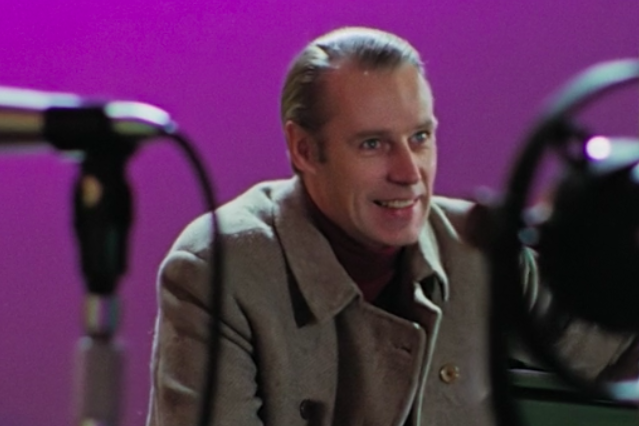
George Martin
The Beatles’ record producer and arranger is featured throughout Get Back overseeing all of the recordings. He produced almost all of the band’s songs and created the unique loops and backward recording that made Sgt. Pepper’s Lonely Hearts Club so iconic. “If anyone earned the title of the fifth Beatle, it was George Martin,” McCartney once said. After the band’s breakup, Martin worked with Elton John and Cheap Trick and helped produce a Bond theme song. Martin died in 2016, age 90.
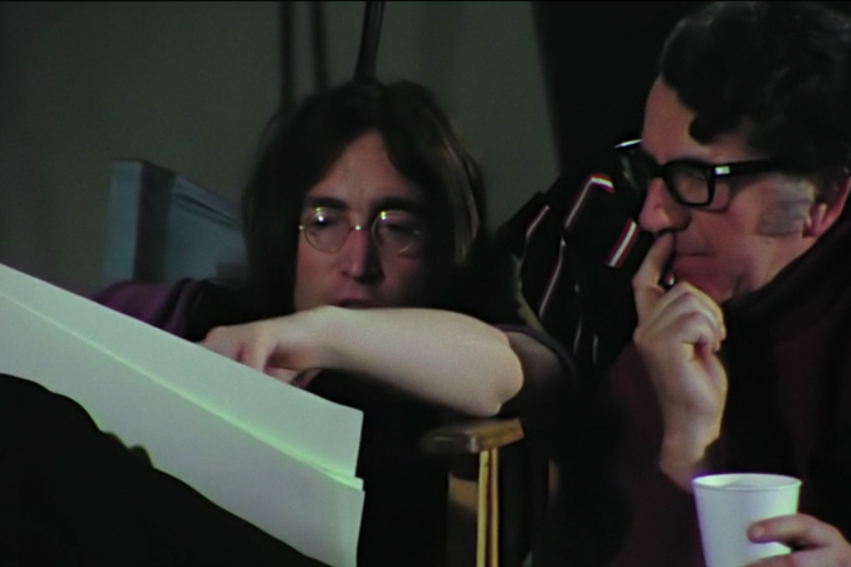
Dennis O’Dell
The Apple Corps director is one of the more obscure figures attached to the Beatles, probably best known for his name association with “Denis O’Bell,” a character referenced in the band’s song “You Know My Name (Look Up the Number)” on “Let It Be,” or the recent revelation that he wanted to make a Lord of the Rings film starring the band. Although that never panned out and the world was robbed of seeing Lennon as Gollum, O’Dell did help produce multiple Beatles films, including A Hard Day’s Night. O’Dell left Apple Corps before the 1970 documentary was even released, but is credited as a supervising producer on Get Back. In 2003, he wrote a book, At the Apple’s Core: The Beatles From the Inside, on his time with the band.

Dick James
As the Beatles’ music publisher, James is a controversial figure in the band’s history. He helped kick-start them with connections in the London music scene and got them radio play—but he also was the mastermind behind the agreement that would eventually result in the band losing the rights to its songs. In 1986, James died of a heart attack in London at the age of 65. Aside from the Beatles, James was best known for signing Elton John in the late ’60s and the legal battle between the two that ensued, with John suing James over royalties and copyrights. In the 2019 biopic Rocketman, James was painted as aggressive and foulmouthed. James’ son Stephen publicly criticized the film’s portrayal of his father and went on to call John a “coward.”
Correction, Dec. 8, 2021: This article originally miscredited photos to Apple TV. They are courtesy Apple Corps.
